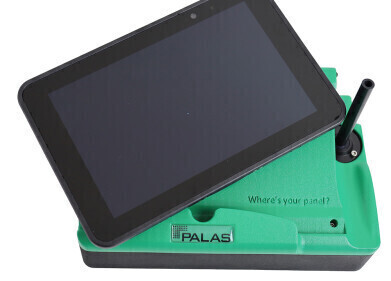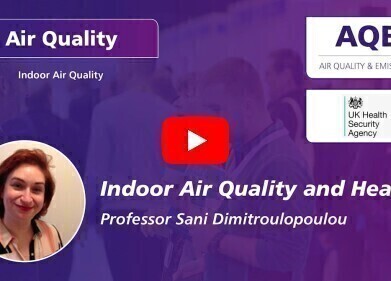Indoor air quality monitoring (IAQ)
Why is it Important to Measure Air Pollution?
Dec 29 2015
According to a report published earlier this year by the World Health Organisation, air pollution now kills approximately seven million people annually, worldwide. This accounts for as much as one in eight deaths, and is by far the single biggest environmental health risk.
In order to counteract this alarming statistic and take action to clean up British air (and indeed, air around the globe), it’s important to first understand where the pollution is most concentrated, how it occurs, what elements are involved and how we can neutralise them. In order to do this, comprehensive air monitoring must be undertaken on a national and international scale.
Among other pollutants, air monitors assess the amounts of carbon dioxide (CO2), carbon monoxide (CO), nitrogen oxides (NOx), ozone (O3) and particulate matter 2.5 (PM2.5). This allows us to see where and why pollution occurs, so that we can not only actively avoid overly contaminated areas in our daily routines but also try to implement measures to curb such pollution.
Air Monitoring in the Home
It might be tempting to view air pollution as a problem outdoors and as such, one that can be avoided by barricading yourself in your home. However, many homes actually contain significantly higher levels of pollution than the great outdoors, for the simple reason that poor ventilation means there is nowhere for contaminants to disperse.
Indoor air monitors such as Speck are specifically designed to monitor levels of harmful pollutants found indoors and offer recommendations of how to reduce their concentration and achieve an optimal indoor environment.
Industrial Air Monitoring
It’s common sense that those who work in a factory or plant will be far more at risk of inhalation of harmful chemicals and gases due to their prolonged exposure to emissions. As such, meeting safety standards in an industrial setting is of paramount concern, both for employer and employee.
The article Personal Monitoring vs Industrial Hygiene Choices in Gas Monitoring Instrumentation looks at two diverse methods of assessing industrial pollution and compares their advantages and disadvantages in the field.
Open Source Air Monitoring
While governmental data collected from more than a thousand air monitoring sites around the UK can offer a basic overview of the state of British air, it does little to help those in specific circumstances. For example, the data will be highly inaccurate if you live near to a busy intersection or by a carbon-spouting power plant.
As a result, many incentives have been undertaken to afford us a more comprehensive and reactive view of the air in specific locales. Wearable tech, such as sensors integrated into Smartphones or monitors that can be clipped onto bags or clothing, are becoming more and more popular. Via this method, the man on the street can be transformed into an instrument measuring air quality wherever he goes, providing accurate, real-time information about air quality in a variety of settings.
Furthermore, it’s not unreasonable to think that in the near future, virtually everyone will be carrying these monitors, thus leading air quality monitoring into a new era and allowing us a better picture of the cleanliness of the air we breathe than ever before.
Digital Edition
AET 28.4 Oct/Nov 2024
November 2024
Gas Detection - Go from lagging to leading: why investment in gas detection makes sense Air Monitoring - Swirl and vortex meters will aid green hydrogen production - Beyond the Stack: Emi...
View all digital editions
Events
Jan 20 2025 San Diego, CA, USA
Carrefour des Gestions Locales de L'eau
Jan 22 2025 Rennes, France
Safety, Health & Wellbeing LIVE
Jan 22 2025 Manchester, UK
Jan 25 2025 San Diego, CA, USA
Jan 29 2025 Tokyo, Japan



















